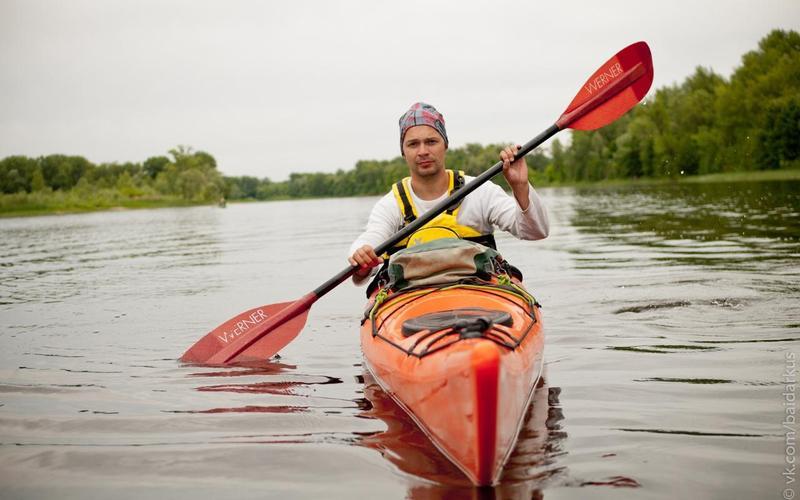canoe slalom: newbies’ questions answered
canoe slalom: newbies’ questions answered
From strokes and methods to gear and exercises, here’s the manner by which you can get a bit of one of the coolest paddlesports on earth.
On the off chance that you’ve been following the ICF Canoe Slalom World Championships and are feeling propelled, here’s beginning and end you need to think about engaging in the game, with tips from Olympic Champion Joe Clarke, his mentor, and GB colleague Mallory Franklin.
What is kayak slalom?
Kayak slalom includes rowing as quickly as possible along a stretch of water (up to 300 meters in length), going through numbered doors (two hanging shafts) as you explore the course. You can either decide to kayak alone (C1), kayak alone (K1), or kayak with an accomplice (C2).
Entryways can be set upstream or downstream and should be finished organized appropriately and course. Punishments are added on the off chance that you miss an entryway, contact one, or experience off course. Courses are reviewed regarding trouble, from Division 4 (amateurs) to Division 1. Contenders
complete two runs each. The best-run tallies.
Initially demonstrated on ski slalom, the game began in Switzerland during the 1930s. The principal Slalom World Champs were held in Geneva (1949) and, by 1992, kayak slalom had become a standard Olympic occasion. The UK dominates in this game, with geniuses like Joe Clarke – 2016 Olympic Champion – and slalom C1 title holder Mallory Franklin adding to a solid history of GB medallists.
What experience do you need to begin?
“A touch of swimming competency is all you require”,- says Joe. “You don’t should be an incredible swimmer – I’m not one myself! In any case, it’s critical to feel OK with your head under the water, and not be apprehensive. Essentially, you should approve of getting wet – and that is about it.”-Joe’s mentor, Mark Ratcliffe, concurs: “from the outset, the primary concern is to have a take the plunge; disposition and to feel glad on and in the water”
Would it be advisable for me to figure out how to kayak on level water first?
Indeed – when anybody begins paddling they start on the level water.The point is to get capable before advancing to white water and doors.
The vast majority begin learning in a kayak, as opposed to a kayak. A kayak is more steady and agreeable, as you plunk down as opposed to bow, so it’s better for novices. You would then be able to attempt C1 [single canoe] and, from that point, it’s a matter of inclination.
How fit do you should be?
Maybe the best thing about getting into this game is that you don’t should be too fit. Anybody can give it a go, if you’re energetic – you see different kinds and wellness levels having a go.
When you begin advancing to serious kayaking you’ll have to develop your wellness and endurance.
Imprint clarifies. The more you need to advance, the more the actual side is required – solid arms, shoulders and center are truly significant in controlling the boat. A race run goes on for around 100 seconds, over and over moving and altering course constantly, so force and perseverance are essential.“
What are the nuts and bolts that novices need to learn?
Kayak slalom normally begins by getting in a kayak and having a good time on level water. As an amateur, you’ll figure out how to go advances, in reverse and turn. You would then be able to advance to doors on level water, just as figuring out how to lean and adjust the boat in the ebb and flow. In the beginning phases, it’s additionally acceptable to figure out how to Eskimo roll – this will give you more certainty and less dread while advancing.
Before long, you’ll develop a collection of strokes and strategies, similar to how to ship skim; across the current and break in or transform into the stream to go downstream. Whenever you’ve dominated these fundamentals you’ll figure out how to sit in “plugs” [water highlights which stop or hold the boat].
This requires a ton of equilibrium and certainty utilizing the edges of the boat, like how a skier would utilize edges against the day off. The better you become, the more you can ride waves and utilize the water highlights for your potential benefit.
What hardware do you need?
Novices utilize similar essential hardware to cutting edge paddlers: a boat, oar, head protector and lightness help, in addition to a car deck to keep you dry and stop water from getting into the boat. At most watersports focuses, this hardware is accommodated amateurs. At the point when you get snared, you can buy your own. Simply turn up in garments that you wouldn’t fret getting wet, and the rest can be employed for £5-10 and no more places. You can purchase a recycled oar, head protector, and lightness help for around £100 all in, and it’s not until you begin contending or doing it consistently that you may choose to purchase your kayak.
Essential pack list:
• Canoe or kayak
• Paddle
• Cagdeck
• Buoyancy help
• Helmet
Where would I be able to get exercises and what amount do they cost?
Most kayak clubs around Britain permit newcomers to tag along and give it a go. In case you’re searching for more organized meetings, the greater focuses, for example, Lee Valley and Nottingham are ideal.
Costs fluctuate, contingent upon the area, bunch size, and kind of meeting. One-hour bunch novice meetings, for instance, cost £6.50 at Nottingham, while a balanced meeting at Lee Valley costs £60. At Lee Valley, you can look over a scope of various courses to become familiar with the rudiments, progress
to white water or create progressed abilities for contending. Six-week courses start at £90 per individual.
Be the first to post a message!
